Visit The Gopachal Rock Cut Jain Monuments To Explore Architectural Marvel In 2025
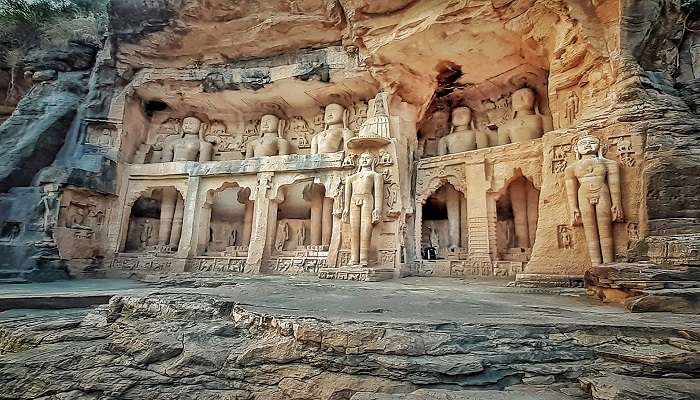
Gopachal Rock-cut Jain Monuments are situated in Gwalior, Madhya Pradesh. These are intricate craftsmanship and the rich heritage of the Jainism culture in the state. The monumental rock-cut sculptures date back to the 7th and 15th centuries, reflecting the devotion of the Jain community and their artistic excellence in creating beautiful monuments. The Gopachal Hill, on which these monuments stand, is of historical and religious importance. Elaborate carvings and grand statues are important, making it a must-see for any history lover and even others interested in ancient architecture.
History Of Gopachal Rock-Cut Jain Monuments
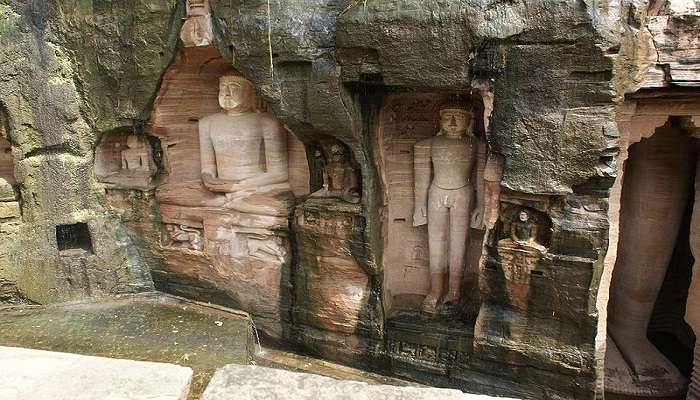
The history of Gopachal Rock-cut Jain Monuments is inseparably linked with the enriching cultural fibre left behind by Gwalior. These monuments were commissioned by the then-ruling Tomar dynasty and the later Mughal rulers, who had a soft spot for Jainism. The sculptures were carved out during the period spanning the 7th through the 15th centuries, thus making them one of the oldest Jain monuments in the country.
The location was selected because it offered an isolated area on Gopachal Hill, providing both serenity for meditation and security against invasion. Over the centuries, such monuments have braved all odds to remain an embodiment of the invincibility of Jain art and culture.
Also Read: Things To Do In Gwalior
Exploration Of Architectural Wonders
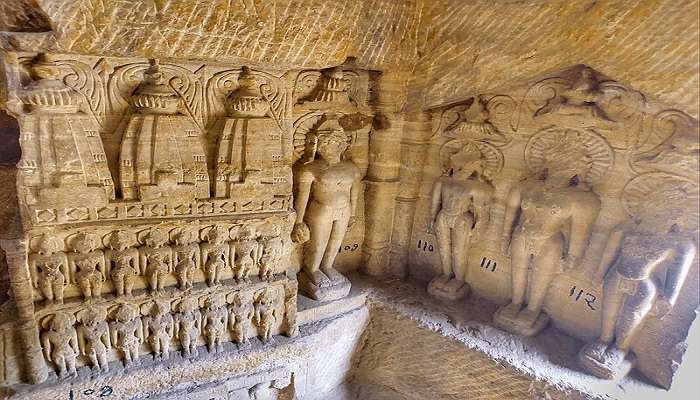
The architectural grandeur of the Gopachal Rock-cut Jain Monuments is an incredible experience. These sculptures have been carved in the rock face of Gopachal Hill itself and sport intricacy that is representative of the forte of the time. Among monuments, a line of very large-sized Jain Tirthankaras images is also found, the biggest of which would be about 47 feet tall. The carvings exhibit fine detailing and an extensive use of intricate patterns adorning these figures. The architectural style combines features from both the Dravidian and Nagara styles; as such, in ancient Indian architecture, it is a unique fusion.
Time: 8 AM to 7 PM
Entry Fee: Free of cost
The Majestic Statues

The most striking feature of the Gopachal Rock-cut Jain Monuments is the majestic statues of Jain Tirthankaras. These statues are not only grand in size but also in their execution. One of these massive stone statues, that of Parshvanatha, the 23rd Tirthankara, is the tallest at 47 feet in height. Every statue has minute details, showing the Tirthankaras in their acquired stances for meditation. Serenity on the faces imparts an air of peace and spiritual tranquillity; it beckons one to ponder Jainism’s great lessons.
Best time to visit: October to March
Main Attractions: Jain rock-cut sculptures
Related Post: Places To Visit Near Gwalior
Cultural And Religious Significance
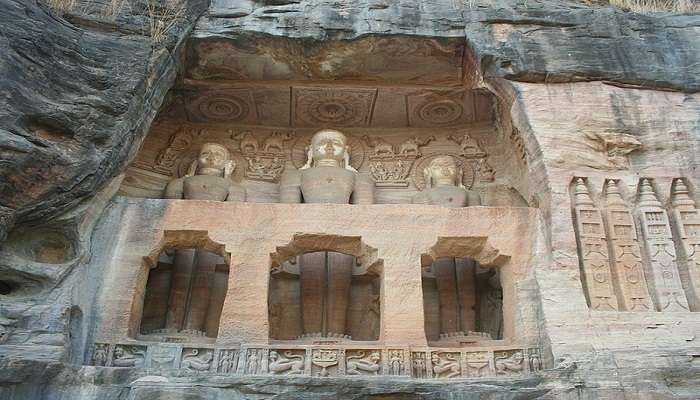
Gopachal Rock-cut Jain monuments are pretty significant in the cultural and religious history of the Jain community. These are examples of artistry and excellence in art and some sacred places of pilgrimage. The statue of Tirthankaras expresses the three basic principles of Jainism: Ahimsa, Satya, and Asceticism.
It is visited by devotees from all across the country, who come here to pray and pay respects to such great personalities. The momentous cultural worth of this place is further enhanced by the annual festivals and rituals celebrated here to mark the rich heritage and traditions of Jainism.
Preservation And Restoration Efforts
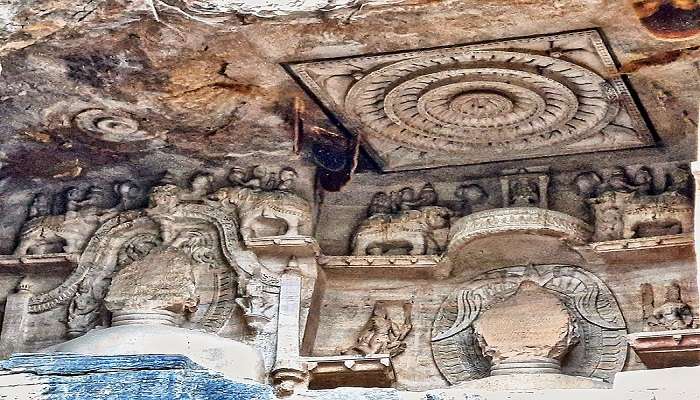
The state has tried to preserve these monuments in the best conditions, and much preservation and restoration work has gone into keeping the Gopachal Rock-cut Jain Monuments intact. Various initiatives have protected these ancient sculptures from natural and human damage over the years.
Archaeological Survey of India (ASI) actively conserves the site, ensuring that intricate carvings and statues remain intact for future generations to admire. These efforts include cleaning, structural stabilization, and state-of-the-art techniques to arrest deterioration. These continuous efforts toward the preservation of the heritage site indeed reflect the importance of retaining our cultural heritage.
Related Post: Gwalior Zoo
Best Time To Visit
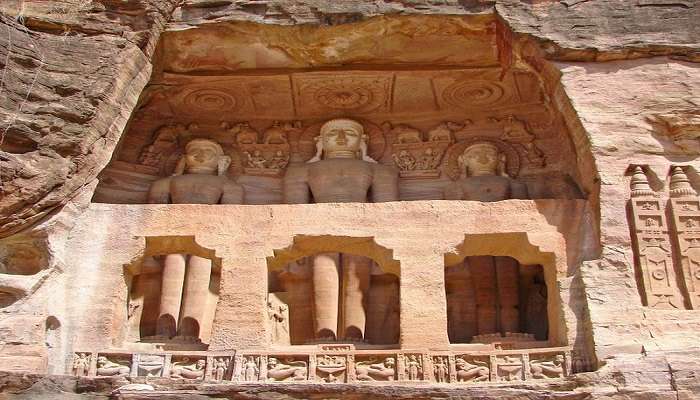
The best time to visit the Gopachal Rock-cut Jain Monuments is during the winter months, from October to March. The weather during this period in Gwalior is always pleasant and friendly for outdoors. Temperatures range from 10°C to 25°C, making it comfortable to move around the site without the problem of extreme heat.
Further, clear skies and a mild climate enhance the beauty of the rock-cut sculptures, fully bringing out their intricate details. Here, it gets boiling in the summer, reaching almost 45°C; so to have a great time at the outside tourist places, it is better to avoid the summer.
Other Local Attractions Nearby
Several local attractions near Gopachal Rock-cut Jain Monuments are worth exploring. Some of the most popular attractions nearby are mentioned below:
1. Jai Vilas Palace
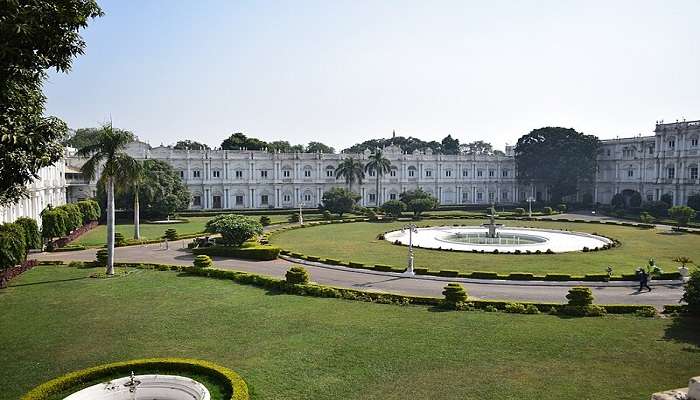
Another imperial palace turned into a museum, Jai Vilas Palace yelps at interpreting the generous life that the Scindia dynasty spent. The palace is in the European style and contains over-ornamented interiors with antique furniture and a fine collection of artefacts. While studded chandeliers and exquisite decoration lend charm to the Durbar Hall, the visit to the palace gives an insight into the royal heritage of Gwalior and its architectural grandeur during that period.
Location: About 2.5 km from Gopachal Rock-cut Jain Monuments
Timing: From 9 AM to 6 PM
Related Post: Chachai Falls
2. Gwalior Fort
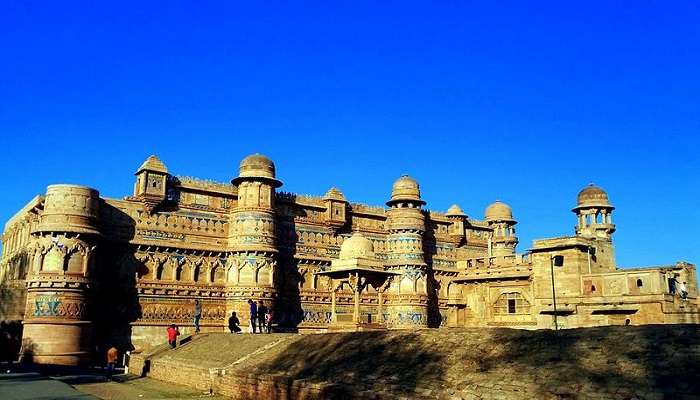
One of the most magnificent forts in the country, Gwalior Fort, is situated atop a hill. This brilliant architecture, steeped in history, houses many palaces, temples, and museums. The Man Mandir Palace is highlighted by its excellent carvings and inlays of brilliantly glazed tiles. The Sas-Bahu Temples, Teli Ka Mandir, and Gujari Mahal are within this fortress, each carrying a different feel and reminiscence. The Gwalior Fort visit gives an insight into the rich cultural heritage of the region and its architectural brilliance.
Location: About 3 km from Gopachal Rock-cut Jain Monuments
Timing: From 9 AM to 6 PM
3. Teli Ka Mandir
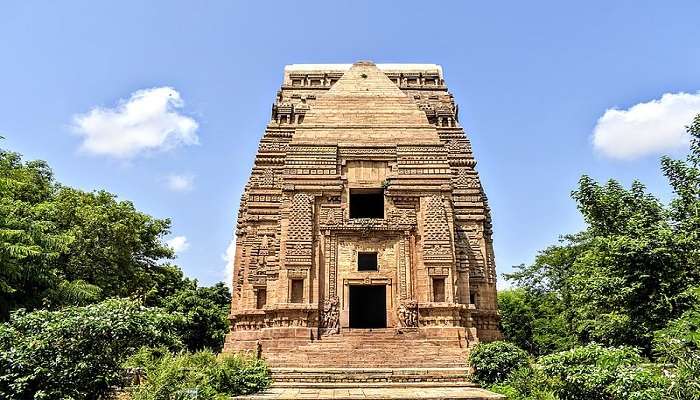
Among the various monuments that sprawl within this massive Gwalior Fort complex, Teli Ka Mandir is undoubtedly an architectural marvel in itself, combining North and South Indian styles of architecture. It is dedicated to Lord Vishnu, with a towering Shikhara that soars to 100 feet. Various mythological scenes and figures are pictured on the temple walls in intricate carvings and detailed sculptures. Thus, Teli Ka Mandir is a must-visit for those interested in ancient temple architecture and past artistic achievements.
Location: About 5 km from Gopachal Rock-cut Jain Monuments
Timing: From 9 AM to 6 PM
Related Post: Bhoora Khon Waterfalls
4. Sas-Bahu Temples
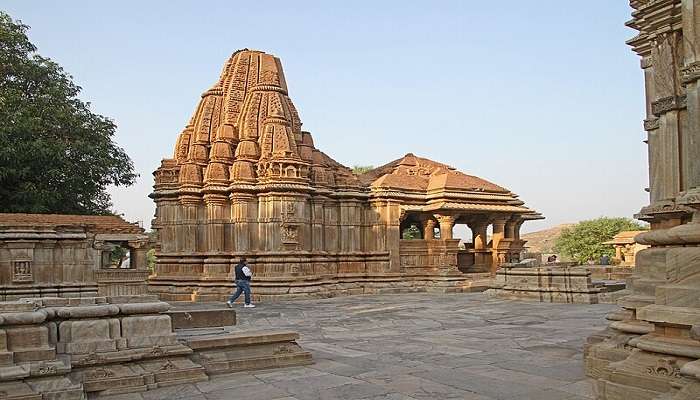
Another major attraction within the Gwalior Fort complex is the Sas-Bahu Temples, also known as Sahastrabahu Temples. These temples are dedicated to Lord Vishnu and are known for their intricate carvings and elaborate architectural design. The bigger one, Sas, and the smaller one, Bahu, have detailed sculptures of various deities, scenes from Hindu mythology, and ornamental motifs. These temples have been a testimony to the artistic excellence of the period and offer serene surroundings to visitors who visit these places to admire the ancient craftsmanship.
Location: About 5 km from Gopachal Rock-cut Jain Monuments
Timing: From 9 AM to 6 PM
5. Sun Temple
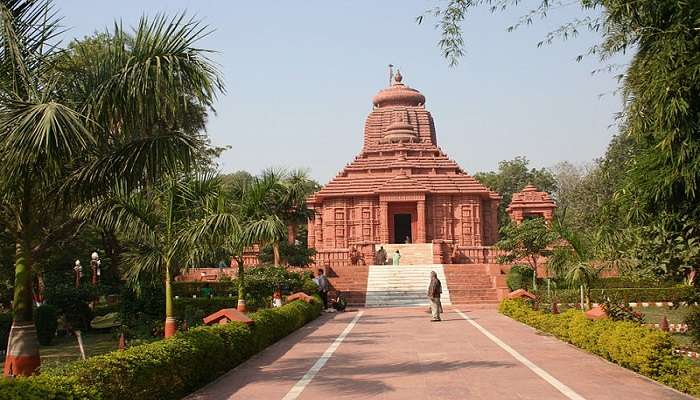
The Sun Temple, more popular as Surya Mandir, is an architectural marvel of the latter half of the 20th century at Gwalior. This temple, built and offered by the famous industrialist G.D. Birla, was dedicated to Sun God, Surya. The design of this temple is intended to resemble the famed Sun Temple at Konark in Odisha. The structure has an overwhelming architecture with finely symbolic carvings and is surrounded by a well-manicured garden. The environment is serene and full of spirituality, making it a much-visited place by tourists and locals alike.
Location: About 6 km from Gopachal Rock-cut Jain Monuments
Timing: From 9 AM to 6 PM
Related Post: Madhav National Park
How To Reach Gopachal Rock-cut Jain Monuments
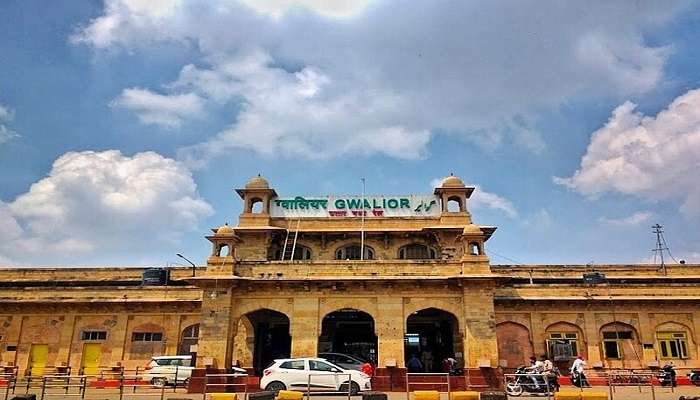
By Air: The closest airport to Gopachal Rock-cut Jain Monuments is the Rajmata Vijaya Raje Scindia Airport in Gwalior. This airport is well-connected to major cities in India, like Delhi, Mumbai, and Bangalore. You can hire a taxi from this airport or board a bus to see the monuments, which are located 10 kilometres from this point.
By Train: The closest railway station to Gopachal Rock-cut Jain Monuments is Gwalior Junction. The strong network at the station covers trains to most of the cities in India, so it is pretty convenient to reach the fort from here. One can hire auto rickshaws or taxis from the railway station to the site, which is about 5 km.
By Road: Gwalior is well-connected with cities and towns in its vicinity through good connectivity of roads. You can reach Gwalior from the neighboring cities like Agra, Delhi, and Jaipur by driving. State-run buses and private taxis operate to make your journey more comfortable. Once in Gwalior, follow the signs to Gopachal Hill to reach the monuments.
You May Also Like To Read: Places To Visit In Gwalior
One travels through the Gopachal Rock-cut Jain Monuments in Gwalior and enters the heart of history, art and spiritualism. These sculptures are intricate and amazingly carved, standing in stately grandeur, which opens up to a rich culture of Jainism. Serene surroundings and spiritual values of the site make it an absolute destination to which one must go if one is interested in history, an art lover, or a spiritual seeker. Whether overwhelmed by the architectural genius of the statues, enlightening oneself about the site’s historical importance, or soaking in the peaceful atmosphere, a visit to Gopachal Rock-cut Jain Monuments would be hard to forget. Book your trip to Madhya Pradesh and experience timeless beauty at this remarkable heritage site.
For our editorial codes of conduct and copyright disclaimer, please click here.
Cover Image Credit: Gyanendrasinghchauha for Wikimedia Commons
Frequently Asked Questions About Gopachal Rock-cut Jain Monuments
What is the importance of the Gopachal Rock-cut Jain Monuments?
The Gopachal Rock-cut Jain Monuments are cultural and religious and uphold the great heritage of artistic excellence of Jainism. Intricate carvings and grand statues of Jain Tirthankaras adorn these monuments, depicting spiritual devotion and ancient craftsmanship.
What are the ages for the Gopachal Rock-cut Jain Monuments?
Gopachal Rock-cut Jain Monuments trace their evidence back to the 7th and 15th centuries. The rules of the Tomar dynasty set up a number of these ancient sculptures and later on by the Mughal rulers.
What is the best time to visit Gopachal Rock-cut Jain Monuments?
The best season for a visit is during the winters from October to March when the Gwalior weather becomes pleasant. The pleasant weather of the season makes the open-air attractions comfortable for sightseeing.
How to reach the Gopachal Rock-cut Jain Monuments?
The monuments are accessible by air, railways, and road. The nearest airport is Gwalior's Rajmata Vijaya Raje Scindia Airport, Gwalior Junction is the closest railway station, and the site is well linked by road to other cities in its vicinity.
Are there any nearby attractions to visit along with the Gopachal Rock-cut Jain Monuments?
There are quite a few places of interest in and around Gwalior, such as the famous Gwalior Fort, Teli Ka Mandir, Sas-Bahu Temples, Sun Temple, and Jai Vilas Palace. All these places provide further insight into the culturally rich and historically diverse region.
People Also Read:
Tourist Places In Madhya Pradesh Places To Visit In Madhya Pradesh In May Hill Stations In Madhya Pradesh

With a passion for exploring and travelling to the roads long forgotten, experience the world through enthralling stories and adventures. Join me as I share my experiences at some of the world’s most popular tourist destinations and quench that pestering curiosity with something exciting!











